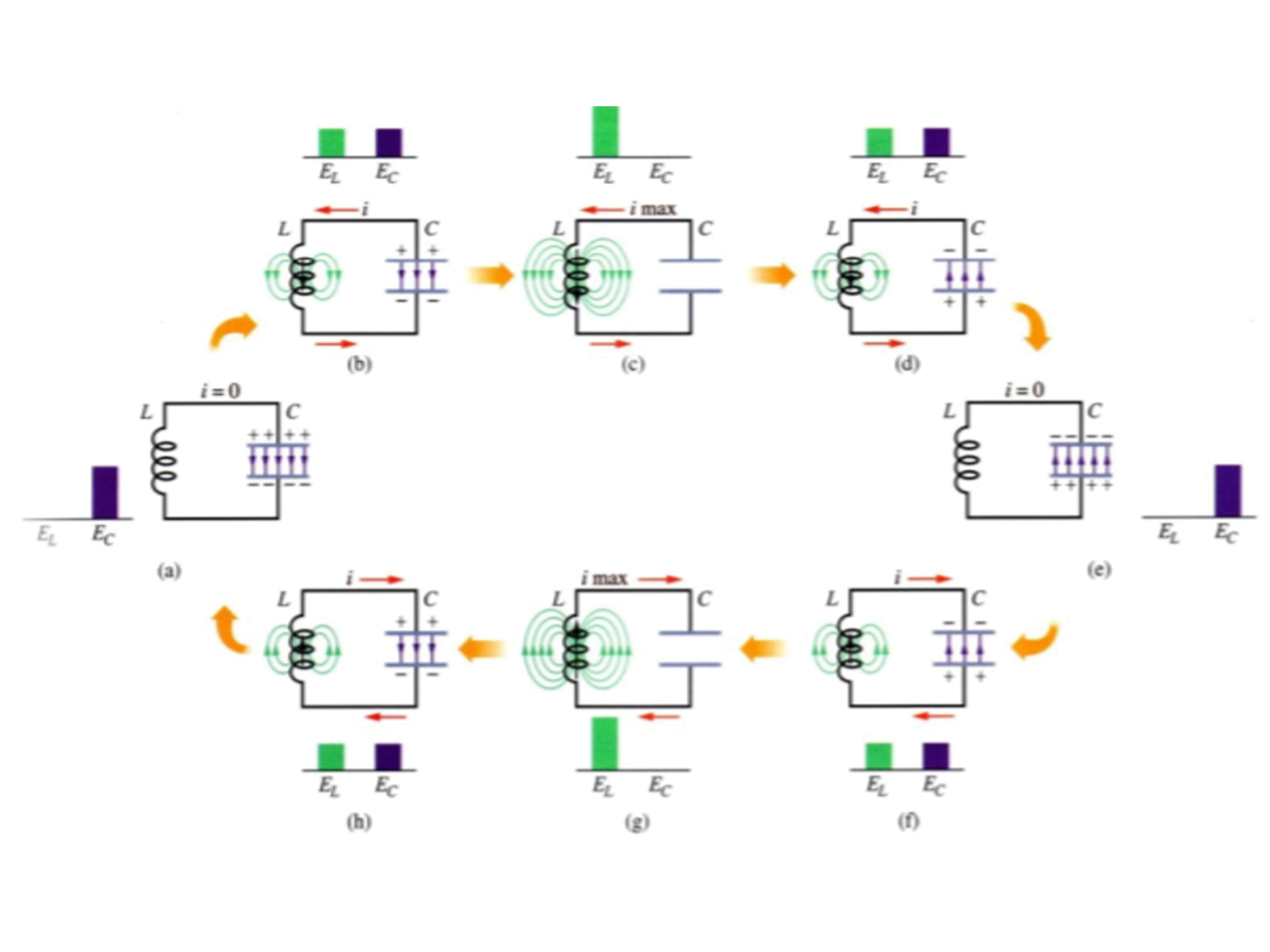Electric and Magnetic Fields in Vacuum |

Born on June 13, 1831 in Edinburgh, Scotland. Maxwell died in Cambridge, England on November 5, 1879 |
James Clerk Maxwell |
|
Laid the theoretical foundations for the theory of the electric field in his paper on electricity and magnetism where he established the complete electromagnetic theory of light based on Michael Faraday's ideas. This showed that oscillating charges produce waves in an electromagnetic field (1873) |
Electric field produced by changing magnetic field |
Magnetic field produced by changing electric field |
Note that Maxwell's equation is derived from Faraday's laws of electromagnetic induction
It states that "when there is a circular charged capacitor through a time-varying electric field
an induced magnetic field is generated."
With this step, the laws of forces in nature were unified
And through Ampere's law and the generation of a magnetic field around a wire \[\oint \vec B \cdot d \vec S =𝜇_0 . I_{enc}\]Maxwell noticed a deficiency in the law and reached the following result by combining Maxwell's and Ampere's laws \[\oint \vec B \cdot d \vec S =𝜇_0𝜀_0 \frac{d\Phi_E}{dt}+𝜇_0 . I_{enc}\]In the case of a steady current in the conductor, the law is limited to Ampere's law
And in the case of a varying field without current in the conductor, we limit it to Maxwell's law

From Maxwell-Ampere's equation we call\[ I_d=𝜀_0 \frac{d\Phi_E}{dt}\]Displacement current
So Maxwell-Ampere's equation becomes \[\oint \vec B \cdot d \vec S =𝜇_0(I_d+I_{enc})\]
Solved Example
An electric field was directed perpendicular to a circular surface of radius \[8\;cm\] If the field increases at a time rate \[15\frac {v}{m.s}\] then the magnitude of the magnetic field at a distance from the center of the circular area by \[20\;cm\] SolutionFirst we calculate the displacement current\[ I_d=𝜀_0\frac{d\Phi_E}{dt}\]\[ I_d=𝜀_0.A\frac{∆𝐸}{∆t}\]\[ I_d=8.85×10^{-12}×𝜋(0.08)^2×15=2.67×10^{−12} A\]
Then we calculate the field \[B=\frac{𝜇_0.𝑖}{2𝜋 𝑟}\]\[B=\frac{4𝜋×2.67×10^{−12}}{2𝜋×0.2}=2.67×10^{−18}T\] Information for knowledge: Measuring the speed of light
Danish astronomer Rømer (1644-1710) noticed
while observing Jupiter and its moon Io
Rømer noticed that when Earth was far from Jupiter
Io began to hide later than when it was close
The speed of light was calculated assuming the delay time
This corresponds to the time it takes light to cross Earth's orbit
The calculated speed of light at that time was an inaccurate value 30% less than what is currently known
The speed of light is currently estimated at 299,792,458 meters per second
C= 3.0 × 108m/s
Visible light is one component of electromagnetic waves
All electromagnetic waves travel
in vacuum at the same speed \[C= 3 × 10^8 m/s \] \[C=v=\frac{X}{t}=\frac{\lambda }{T}=\lambda f \]

c =v |
X |
t |
λ |
T |
\[f \] |
Speed of light |
Distance traveled |
Time |
Wavelength |
Periodic time |
Frequency |



 \[\oint \vec E \cdot d \vec S = - \frac{d\Phi_B}{dt}\]
\[\oint \vec E \cdot d \vec S = - \frac{d\Phi_B}{dt}\] \[\oint \vec B \cdot d \vec S =𝜇_0𝜀_0 \frac{d\Phi_E}{dt}\]
\[\oint \vec B \cdot d \vec S =𝜇_0𝜀_0 \frac{d\Phi_E}{dt}\]

 Click here to show solution
Click here to show solution











 And if there's an angle between the filter's axis and the light's direction (neither parallel nor perpendicular), the filtered light intensity becomes \[I=I_0 Cos^2(𝜃)\]
And if there's an angle between the filter's axis and the light's direction (neither parallel nor perpendicular), the filtered light intensity becomes \[I=I_0 Cos^2(𝜃)\]
0 Comments